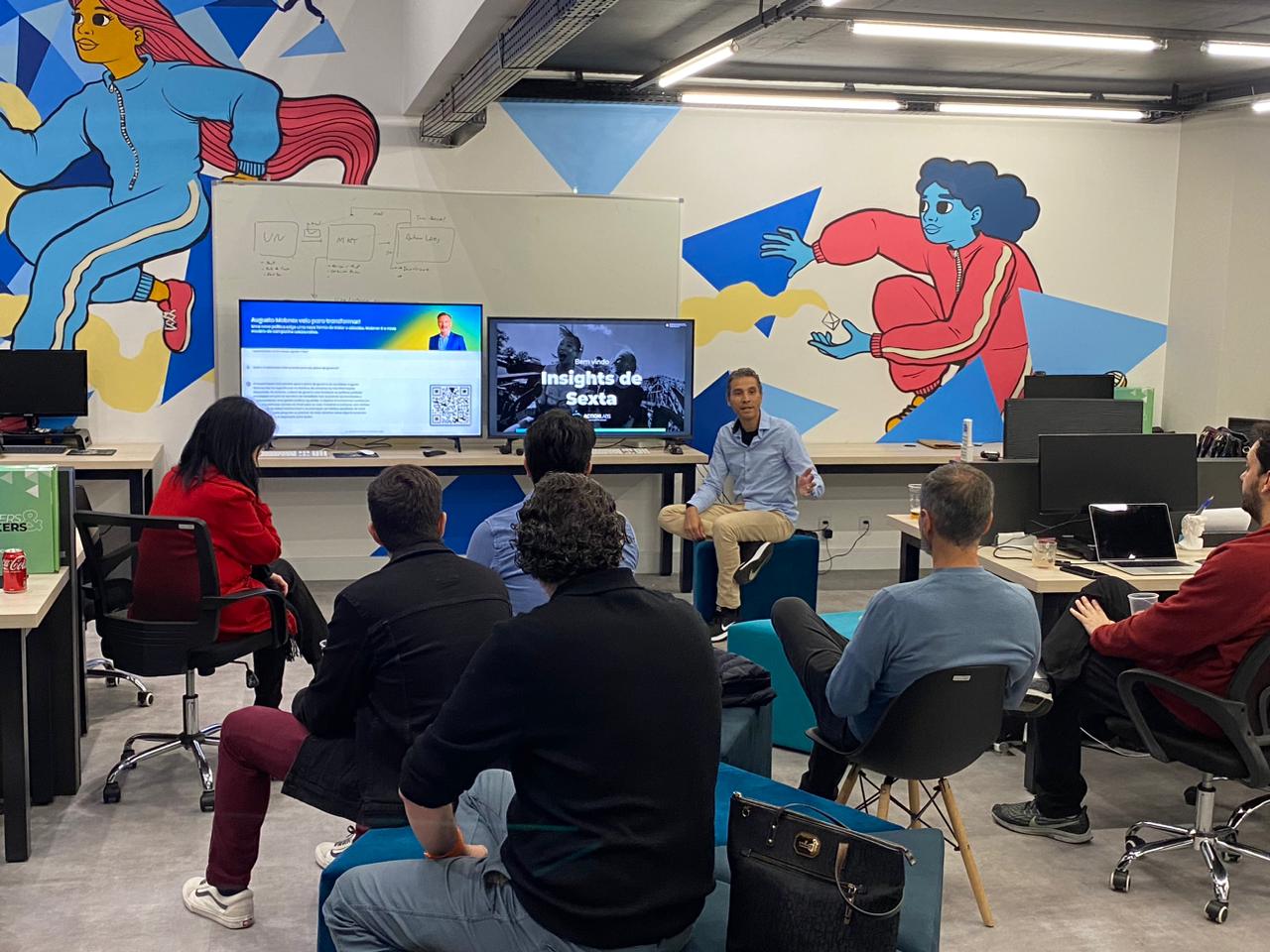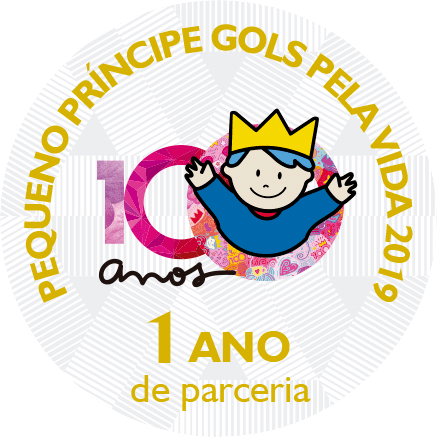Interaction Design is about designing products and services while focusing on more than development. In this approach, the way users will interact is even more taken into consideration than in “traditional” design.
In this article, you will deeply understand this concept and also see how you can apply it. Keep reading to find out!
What Interaction Design is and how it works
Although Interaction Design is interested in form, its main focus is in behavior. Or, in other words, more than analyzing how things are, designers synthesize and imagine how they could be. Also, we can say that it is a form of strategically using the dialogues between people and the products/services. This dialogue is physical-emotional and it manifests itself in the interaction between form, function and, more than ever, embedded technology.
In order to understand how this approach works, we cannot forget that the interaction between a user and a product usually involves aesthetic elements, as well as space, movement and sound, for example. Each one of these elements is capable of involving even more specialized fields, such as the development of sounds for creating sound elements: functional and pleasant to the user’s interactions.
Interaction design is mainly used in design strategies:
- related to the goals of a user and, consequently, which interactions are necessary to achieve these goals;
- depending on the company, product or service, interaction designers need to carry researches with users;
- they try to find out what their goals are, and also their needs or intentions, in order to create a strategy that covers all that.
And wireframes, mockups and prototypes:
- most designers who work with this perspective have the task of creating wireframes which show the interactions in the product;
- mockups are also frequent;
- while developing technological applications, for example, they are sketches and static images that represent the final look of the product;
- sometimes, interaction designers also create interactive prototypes and/or high-quality prototypes – those that look exactly the same as the real product or service.
The five dimensions of Interaction Design
If you want to understand what Interaction Design involves, how it works and how to apply it, you must also know its five main dimensions. See now what they are:
1. Words
Specially those used in interactions, such as button labels. They must be meaningful, easy to understand and they need to communicate information to users the right way – not more and not less than necessary.
2. Visual representations
They are graphic elements such as images, typography and icons with which users will interact. Usually, they complement the chosen words.
3. Physical objects or space
They are the devices through which users will interact with the product. A laptop, a mouse or a touchpad? Or a touch-screen smartphone? And what is the space where users will do that? For example: a crowded train, while using the app, or sitting in an office?
4. Time
Although it may seem abstract, this dimension is mainly related to the media, that changes with time (animation, video, sound). Movement and sounds play a crucial role in providing visual and audio feedback to the interactions of users. It also important to consider the amount of time a user will spend interacting to the product – can the user leave and resume his interaction some time later?
5. Behaviors
How do users act into the product/service? How do they operate it? This dimension also includes users’ reactions with regards to the product – for example, emotional responses or feedback.
The four Interaction Design approaches
Now that you know the five dimensions of Interaction Design, let’s see its main approaches:
1. User-centered
The focus is totally aimed at users' needs and objectives. Users guide design and the designer translates their needs into the product.
2. Activity-centered
Focus onto the activities and tasks that must be completed. Users do the activities and the designers create the right tools for that to happen.
3. Systems
Focus onto all the components of the application. Users determine what the system must do and the designer makes sure these requirements are met.
4. Genius
There is full trust in the skills of the designer for the development of the product/service. Users have a source of validation and the designer has inspiration.
Differences between Interaction Design and User Experience Design
If you have read this post so far, you might have thought that Interaction Design is the same thing as User Experience Design, right? They are different concepts which are used with distinct tools and methods – although they almost always complement each other and relate. In fact, User Experience Design means molding the user’s experience regarding a product and a great part of that involves the necessary interaction between them. However, this approach goes much further than that.
User Experience designers are worried about the user’s whole journey, including aspects related to branding, design, usability and function. On the other hand, the main role of interaction designers is aimed at the moment of use, the improvement of the interactive experience.
Thus, interaction design is fundamental in the field of User Experience. The moment of use is the acid test of a project, when the manipulation of the five dimensions by the designer must offer users a satisfactory experience, or even better than that.
Practical benefits of Interaction Design
When you use Interaction Design into your development projects, the most significant practical advantages are:
- there is total focus onto the intrinsic motivations of the user, which helps you create products that fit the user’s needs and desires better;
- it is easy to find good solutions to products with more added value;
- it is guaranteed that you will get to better legibility and usability which will highlight your product from the competitors;
- prototyping is more efficient and so you can show it to customers more quickly;
- collaboration in the project is boosted – both to the team and to the customers/users;
- products and/or services are exciting (at the right level) and therefore successful.
As you have seen, Interaction Design applied to creation or product improvement reflects its absolute value. So, the quality of its application makes the whole difference.
Here in Action Labs, Interaction Design is one of our specialties. Our background allows us to analyze the user’s experience throughout the process – knowledge, acquisition, service and after-sales – by means of this innovative approach.
Did we achieve our goal of showing you what Interaction Design is? Then, get in contact with us and see how we can help you apply it to your projects!




